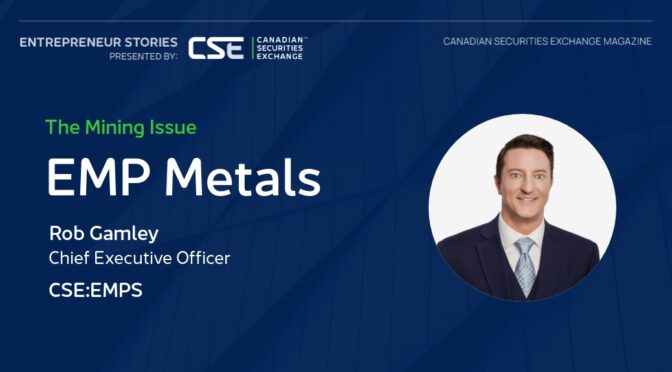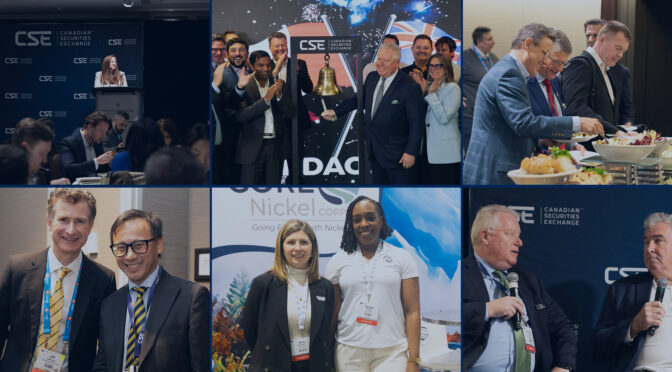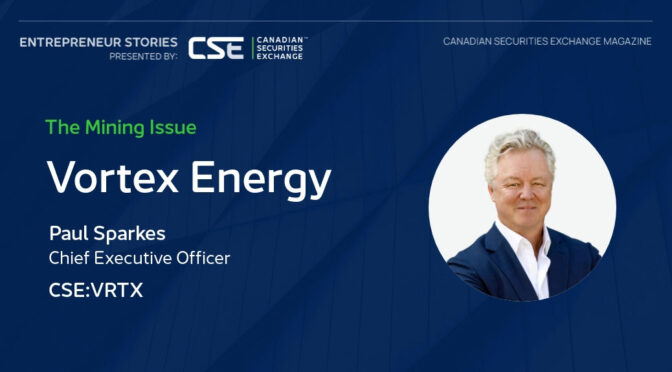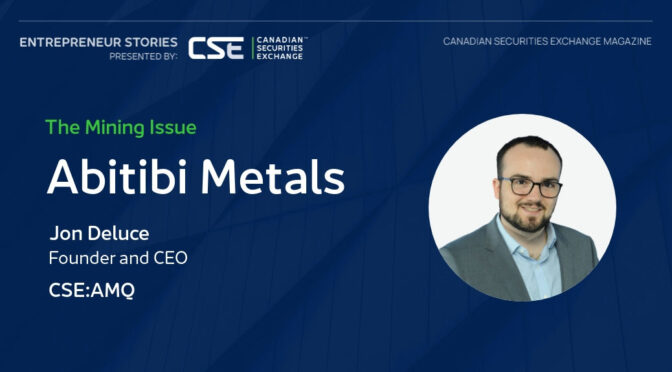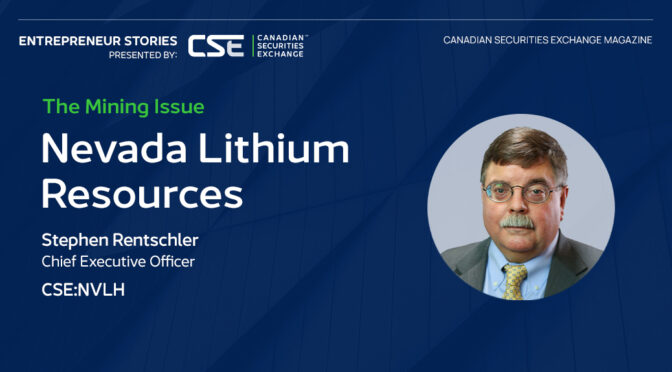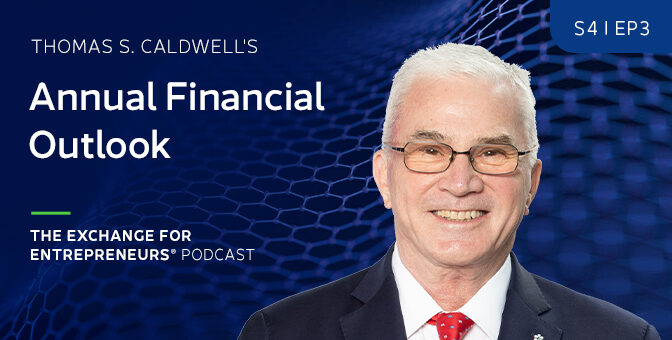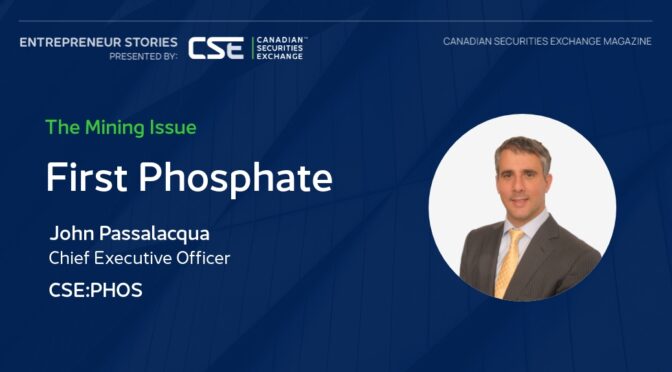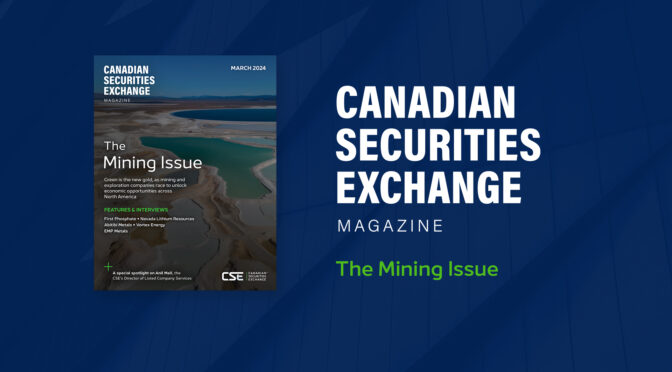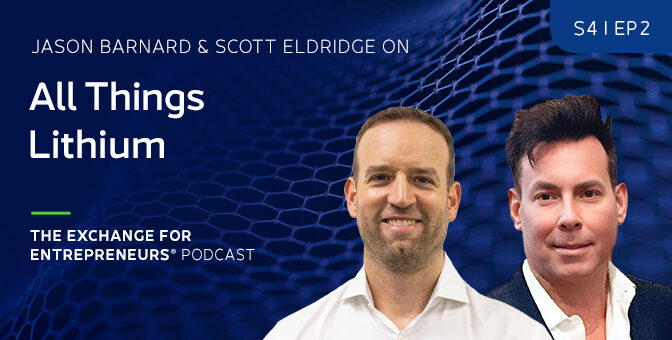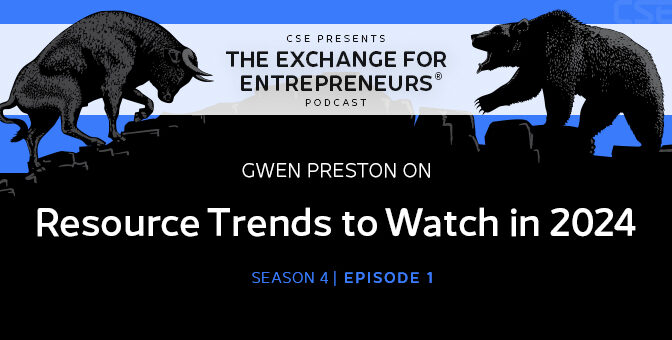The need to enhance the reliability of supply chains for everything from parts for manufacturing to critical minerals is finally garnering the attention it deserves, and there is no better way to ensure this reliability than having all the stops along the way situated right in your own backyard.
While resource extraction has long been a forte of Canadian industry, an increasing number of companies are also now working to set up advanced domestic processing capacity, rather than simply shipping raw material overseas where other nations end up controlling the resource and keeping much of the value for themselves.
EMP Metals (CSE:EMPS) plans to be part of the solution for battery materials in North America, having recently released a Preliminary Economic Assessment (PEA) evidencing a robust lithium project in mining-friendly Saskatchewan. And while there is plenty of its acreage still to be explored, the company is moving quickly to determine the best path to processing the lithium in its brines all the way up to the grade needed to make the batteries for electric vehicles.
EMP Chief Executive Officer Rob Gamley sat down recently with Canadian Securities Exchange Magazine to discuss accomplishments to date and the near-term outlook for getting his company’s contribution to the supply chain up and running.
EMP Metals has not only identified an attractive lithium brine deposit but you are also intending to work with partners on processing the brine once you take it out of the ground. Walk us through the business plan at a high level.
Our main focus is being the first group to have a commercial Direct Lithium Extraction (DLE) facility up and running in Saskatchewan. We’ve taken a pragmatic approach by building an Inferred resource on our landholdings, which are also in the province, and followed that up recently with the release of a Preliminary Economic Assessment.
The next step is a four-month field pilot with Koch Technology Solutions to test 1,000 litres of feed brine from our project area. Downstream partner Saltworks Technologies will be a part of this test as well.
At the same time, we are doing a front-end engineering study, also with Saltworks, over a six-month period. All of these activities are designed to help us assess the technical aspects of our projects on an industrial scale.
Talk to us about your landholdings and what you’ve found so far. We hear the existence of wellbores from historic oil drilling helps to keep capital costs under control.
There were some government datapoints that enabled us to vector in on the specific locations we chose and, obviously, there were certain things we were excited to see from a geological perspective. This is a large regional aquifer and the geology is relatively simple.
Our initial plan was to enter existing wellbores to test them and thereby reduce our capital spending requirements, and we were successful with that. We also drilled new wells where there were not enough suitable existing ones to re-enter and test.
As for the basics of the projects, we have holdings in southeastern Saskatchewan totaling approximately 200,000 acres. These are predominantly crown mineral dispositions and separated into three key project areas, with the highlight so far being the Viewfield portion.
We’ve tested what to our knowledge are the highest lithium brine concentrations proven so far in Canada, with concentrations up to 259 milligrams per litre. Our Inferred resource on the Viewfield project is 747,526 tonnes of lithium carbonate equivalent (LCE), and at Mansur the Inferred resource is 503,462 LCE.
What about processing the brines once they are out of the ground?
The plan is for brines to be processed and the lithium extracted through DLE technology from one of our partners. It would then be concentrated, refined and converted by the downstream service provider I mentioned earlier, Saltworks.
Like our company, Saltworks is based in Western Canada, so you have a world-class Canadian resource and a top-tier Canadian technology company teaming up on this. Saltworks is a global leader in wastewater treatment and lithium refining solutions and is able to take extracted lithium and refine it to the standard of battery-grade lithium carbonate. In our case, we were able to produce carbonate at 99.95% purity. That’s the triple nines that you’re looking for in order to have true battery-grade lithium.
I think with the trends we currently see of deglobalization, onshoring, bolstering supply chains, and with the Canadian and Saskatchewan governments supportive of these developments, what we are working on is timely and important. You can’t necessarily rely on other sources in today’s world. With what we are advancing, it should be easier to assess the risk.
On that note, Saskatchewan is known as a particularly good jurisdiction for resource companies. Tell us about your experience.
Our experience in Saskatchewan has been nothing short of fantastic. The provincial government is highly supportive as it looks to further diversify its mining and energy sectors. We’ve received a lot of public support for our project as well.
There are so many advantages. Not just the extensive infrastructure owing to years of oil and gas activity that means access to power and other project requirements, but also Saskatchewan being ranked third in the world, and first in Canada, for mining investment attractiveness by the Fraser Institute. There is no better place to be for this business in our opinion.
You came out with your PEA just after the start of the year. Walk us through the numbers.
We are very pleased with the Preliminary Economic Assessment. It shows that we have a large project which compares well vis-à-vis our peers.
I think it’s important to highlight that the numbers in the PEA represent only 14% of our overall landholdings. The project life is 23.2 years, producing 282,090 tonnes of battery-grade lithium carbonate. Using an average selling price of US$20,000 per tonne of LCE, our after-tax Net Present Value (NPV) at an 8% discount rate is US$1.066 billion. The after-tax internal rate of return (IRR) is 45% and our payback period is 2.4 years at the after-tax number.
Reflected in that last point is that our operating expenditure (OPEX) estimate is one of the lowest in North America thanks to the concentration and quality of the brine.
In the third quarter of 2023, EMP announced an investment of just over C$9.7 million from a private equity group in the U.K., which is quite an accomplishment in this challenging market. We know you are in frequent touch with shareholders. Is there any feedback from the investment community you can share with us on the project or sector in general?
Obviously, the lithium price has not held up as well as the industry had hoped. But there is certainly a belief that the long-term outlook is robust, with EV sales globally up 30% last year. So, we see the electrification of the economy and green trends continuing.
Regarding the investment community, the mining-focused U.K. investor you mentioned conducted a lot of due diligence on our project and it held up fine, resulting in them taking an equity stake in EMP of almost 20% – it’s a huge endorsement of our company. Further, we clearly have caught the attention of major oil and gas players and strategics. They see our company as a good place to deploy capital owing to our asset quality and the regulatory environment in Canada.
Again, we’ve got a great reservoir with the highest concentrations we know of in Canada to date, low OPEX and an attractive IRR. And I can’t overstate how important it is to be working in a jurisdiction such as Saskatchewan where things are significantly de-risked from a permitting perspective and support from the government and public.
Is there anything we have missed?
I would say that EMP really differentiates itself with a pragmatic, economics-driven approach. We have done a significant amount of work to de-risk the project over the last 12 months, and our top-tier technical team enables us to advance things quite quickly. I would reiterate that our brine is of particularly high quality with no oil or hydrogen sulphides, and that translates into cost savings because little to no pre-treatment is required.
From a geological standpoint, we are in the Duperow formation, which is significantly shallower than the Leduc formation in Alberta, and this is another factor helping to keep costs under control. Add in our commitment to working with the best DLE companies and downstream refiners in the business and I believe things are lining up for us to make big strides in the months and years ahead.
This story was featured in Canadian Securities Exchange Magazine.
Learn more about EMP Metals at https://empmetals.com/.

